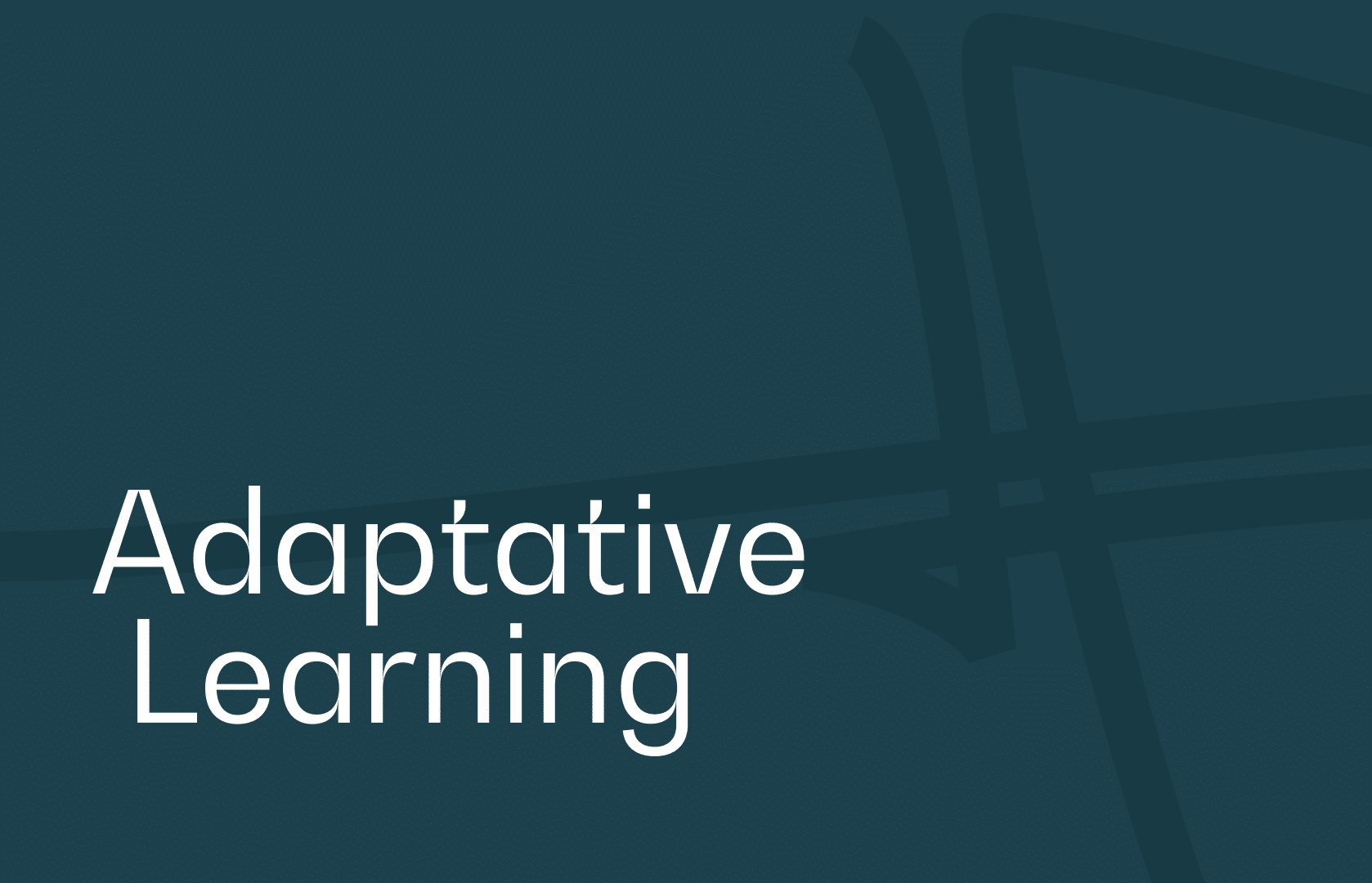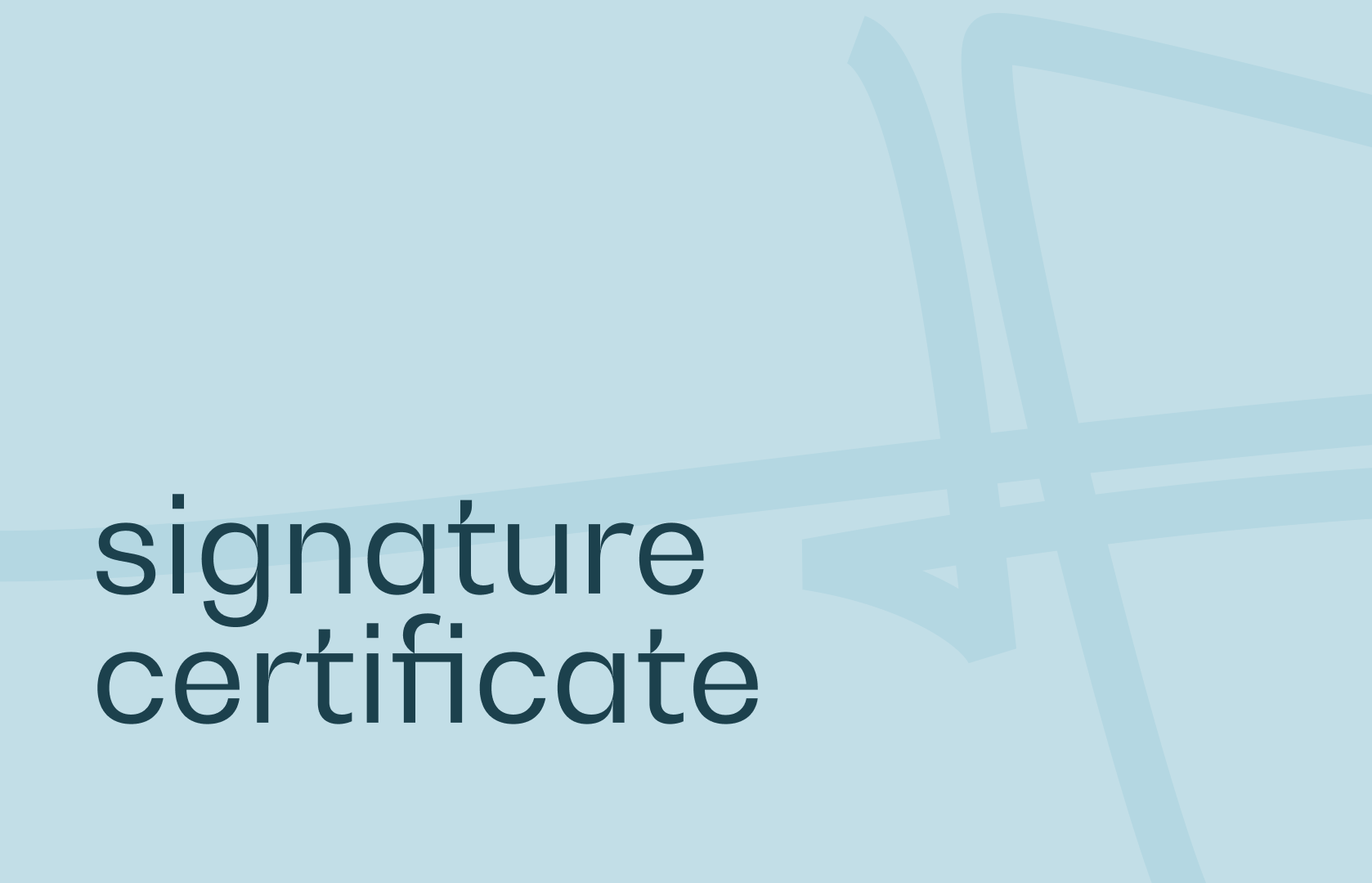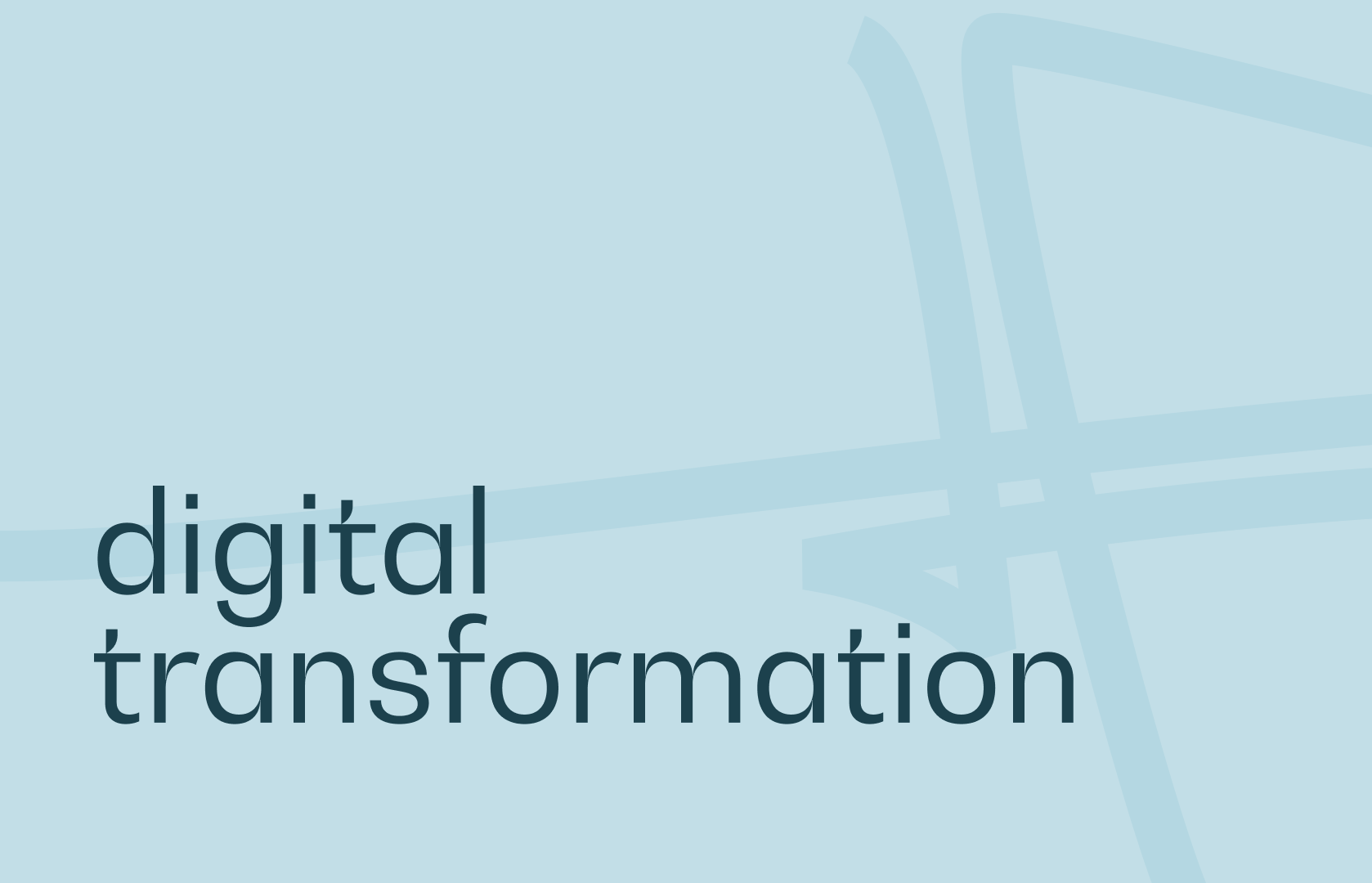The Internet has spawned a host of technological innovations. Digital technology has given rise to a number of programs that are now offered online. Distance learning, virtual classes, webinars, video content, etc. are all part of these programs.
The health context linked to covid-19 has only strengthened this distance learning dynamism. It has saved a considerable amount of time, and made learning more flexible.
While the advantages of distance learning are numerous, the challenge today is to keep learners motivated. The idea is to offer them immersive, individualized learning experiences that enable them to get involved at every level.
This is the concept of adaptive learning. It’s about offering learners personalized training. Adaptive learning is evolutionary. It adapts to levels and needs.
This article aims to answer all the questions that may be asked about adaptive learning.
What is adaptive learning?
Adaptive Learning is a pedagogical innovation that enables a community of learners to learn in a relevant and useful way. It’s a pedagogical innovation that makes learning relevant and useful to the learning community. And above all, one that meets their needs.
It’s a method that aims to adapt the course and training tools to the trainee’s profile. It takes into account learners’ levels, preferences, aptitudes, pace, objectives and expectations.
In an adaptive learning training offer, the pedagogical content and learning sequence follow the learner’s pace exactly. In other words, the learning modality is scalable.
The pillars of adaptive learning
Adaptive Learning is based on three main elements:
- The training program: the choice of content and the order in which it is presented.
- Training content: the relevance of the knowledge and skills proposed in each module.
- Teaching methods: the teaching tools and resources used to achieve the objectives.
But in addition, these three components must automatically adjust to the learner’s profile, needs and expectations. This is where artificial intelligence comes into play. AI makes it possible to design modules and learning programs that can be adjusted in real time to learner needs.
This is why most adaptive learning programs consist of e-learning courses based on digital tools. This is what we call digital learning.
Tip :
To create adaptive training, it is possible to rely on software capable of adjusting programs in real time. Based on collected data, it produces a pedagogical solution composed of individualized proposals for each learner.
How does adaptive learning work?
Creating adaptive learning involves implementing three components in this pedagogical format:
- Presentation: this refers to the appearance or form of learning offered to the apprentice. This can be video content, virtual classes, 3D classes, text, graphics, etc. It can also take the form of blended learning. Part of it will be done remotely and part in person.
- Order of presentation: this is the way in which the learning activities are coordinated and presented. The order follows the pace of progression.
- Support: throughout the course, trainees will be accompanied towards their objective. Support refers to the system’s actions. This can be the level of difficulty of the course. It can also be individual coaching by a trainer.
How does adaptive learning work?
To offer learners personalized, scalable content, adaptive learning uses the following elements:
- Neuroscience or cognitive science. They enable us to understand how the brain works in relation to a given learning process.
- Big Data: data collected and stored in advance. Data can be collected in a variety of ways. It can be done by level tests, quizzes, but also by Internet browsing habits, etc.
- Machine Learning: or artificial intelligence. This element enables data to be processed, understood and analyzed. It also automates all the data received, facilitating the personalization process.
These three elements are combined to produce customized training module proposals.
The different levels of personalization in adaptive learning
In this pedagogical concept, learning can be personalized at different levels. The best-known are macro adaptive learning and micro adaptive learning.
What is Macro Adaptive Learning?
In a traditional apprenticeship, each step along the way is defined in advance. This is not the case here. With macro adaptive learning, the course is personalized at every stage. It adjusts to the learner’s progress. The order and pace of learning will not be the same for all apprentices.
In this concept, each module will appear to the apprentice when he needs it most. And according to their results and performance in the apprenticeship. The apprentice will not move on to another module until the first has been acquired.
During the learning process, if the system detects that a module is not strongly acquired, it can return to it.
Another point to bear in mind here is that training content is the same for all learners. But the layout of the modules will depend on the progress of each learner and how quickly they learn.
Who benefits from macro adaptive learning?
Macro adaptive learning is suitable for a skills development training program spread over time. It is recommended for training courses lasting several months, such as MOOCs, language courses and so on. It’s an ideal method for gathering the maximum amount of data with a view to customizing other courses.
What is micro adaptive learning?
While macro adaptive learning is concerned with pedagogical practices and even the course in general, micro adaptive learning is more specifically concerned with pedagogical content.
Designing a training program using macro adaptive learning involves personalizing the content of the program. This allows for more precise and detailed learning.
Not all learners will learn the same thing. Likewise, the support provided will be different for each learner. The training organization will take into account each learner’s progress, receptiveness and preferences during follow-up.
Who is this micro adaptive learning for?
Micro Adaptive Learning enables rapid learning adjustments. What’s more, it makes it easier for learners to assimilate their modules. Micro adaptive learning is perfectly suited to targeted programs such as professionalization, skills enhancement, acquisition of new knowledge or new techniques. It’s the ideal corporate training or blended learning plan.
What are the advantages of adaptive learning?
The advantages of adaptive learning seem obvious:
- Open, personalized and scalable training: It takes real account of learners’ skills needs and objectives. The idea is not to put all learners in the same mold, but to respect their evolution.
- Faster, more productive e-learning or hybrid courses: By personalizing learning, we ensure that learners take courses with useful content. The training then becomes relevant to learners and truly meets their objectives. Learning is qualitative.
- A better learning experience: the learner is at the heart of the learning process. They participate actively, and are not simply subjected to a program that is not designed for them. This pedagogical scenario can only increase motivation and dynamism.
- Skills acquired over the long term: Adaptive learning is designed to enhance the learner’s retention of information. It aims for long-term learning, with frequent recall of what has been learned. It’s not about learning what you’ve learned and then putting it away.
- Individual support: this is what is lacking in most traditional training courses. In adaptive learning, there is a tutoring or coaching system. Learners can be supported virtually, thanks to new technologies. This is one of the main pedagogical advantages of the concept.
Are there any drawbacks to an adaptive e-learning concept?
Like any educational training method, Adaptive Learning isn’t perfect. It can have shortcomings. But this can be reversed.
Adaptive Learning requires less presence on the part of the trainer. But this in no way means that the trainer will become useless. The trainer will still be able to design a training device and adapt it using the system.
The trainer can continue to provide support. He’ll even have more time for coaching, knowing that every training session is automated in Adaptive Learning.
In addition, the software for an adaptive learning training platform is complex. Yes, adaptive learning design can be difficult to get to grips with. But with a little more practice, it’s entirely possible to master it.
Digital platforms for adaptive learning are not always of the highest quality. As the concept is rapidly expanding, there are several emerging digital learning platforms. To make the right choice, it’s important to study the programs they offer in detail. You need to make sure that the programs and teaching methods proposed are relevant.
Finally, there’s the dehumanization of vocational training. This is what trainers and training managers fear. However, behind adaptive learning, there should always be a pedagogical body in charge of training engineering.
Simply put, adaptive learning is an e-learning method tailored to each individual learner. Each person taking an adaptive course has a different experience based on his or her own strengths and weaknesses. This constant feedback loop between learner and system helps them to learn more effectively. Stay tuned to our blog for more enriching articles on training technologies!




